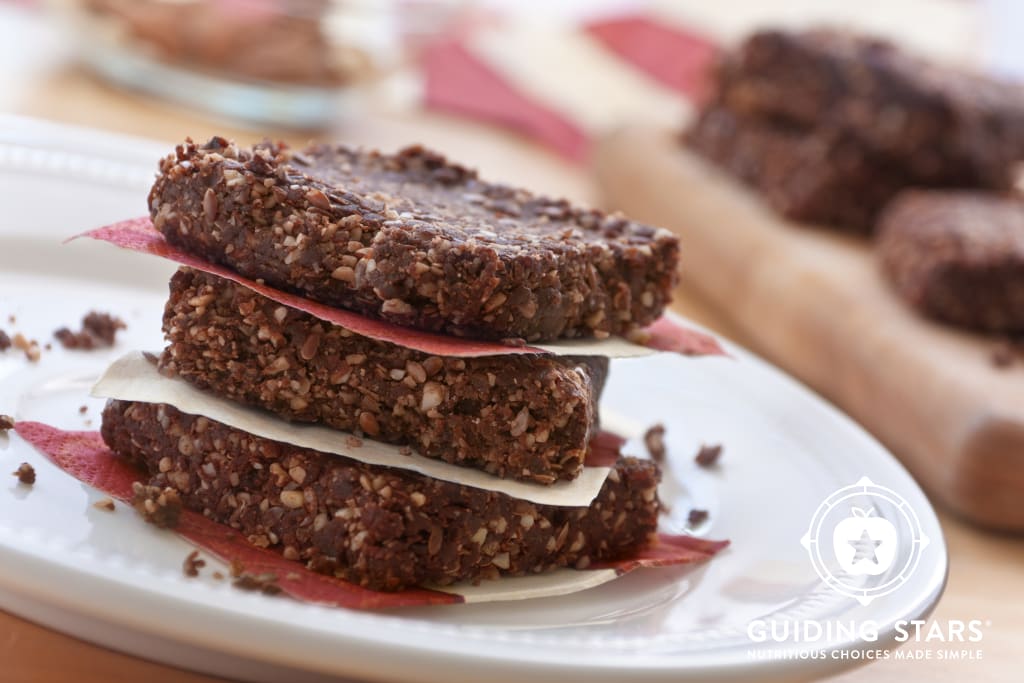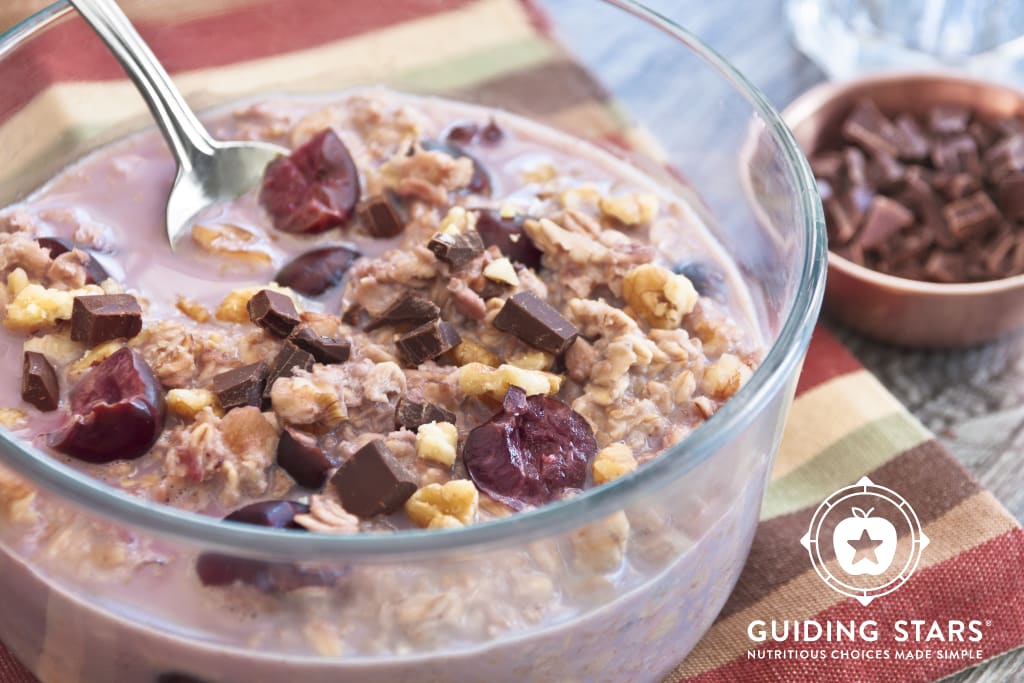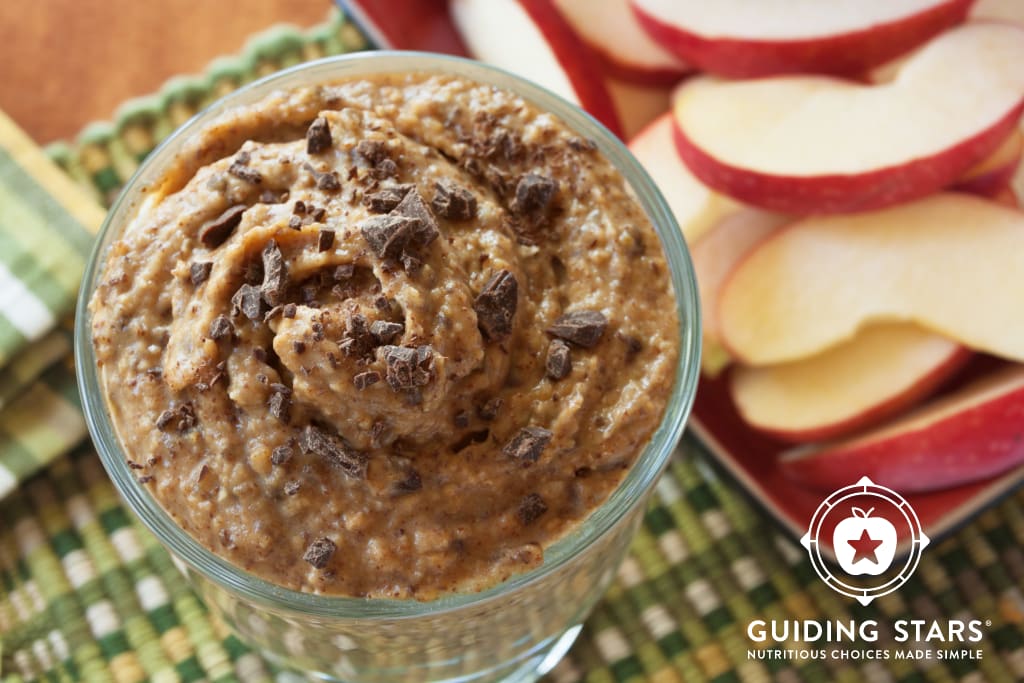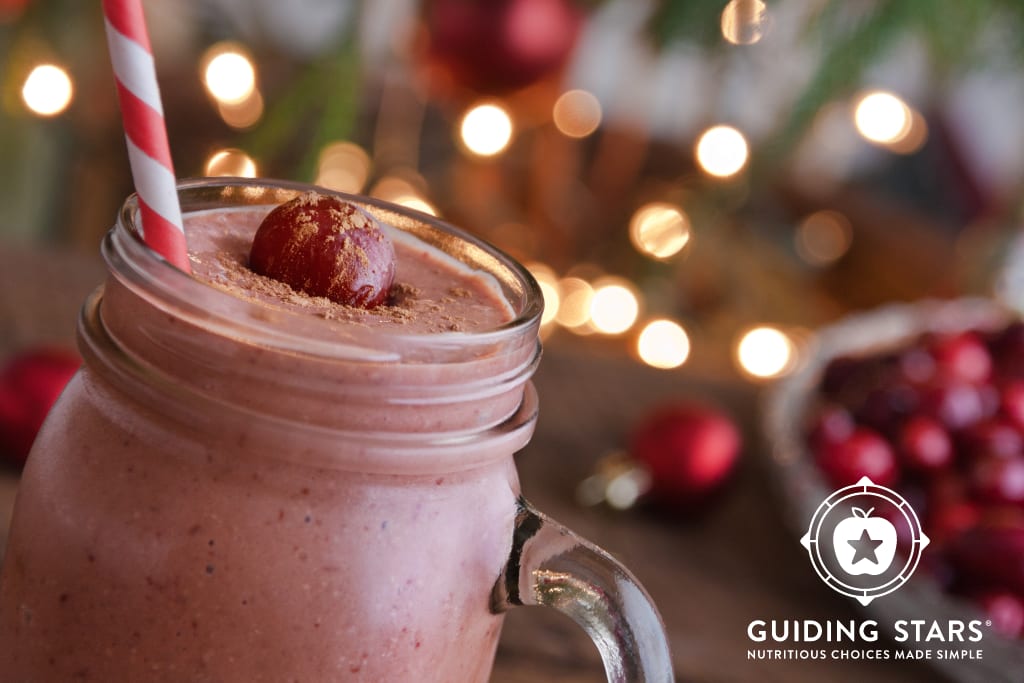February is the month for all things related to the heart. Valentine’s Day celebrates romance and shows affection for the loved ones in your life, often by gifting heart-shaped chocolates. Did you know that Valentine’s Day is the third biggest holiday for chocolate candy sales? It only trails Easter and Christmas! More importantly for our health, February is American Heart Month. It’s intended to raise awareness about heart disease and educate people on what they can do to reduce their risk. For this Nutritious Nudge, I want to discuss some simple shifts that you can make with chocolate to improve your nutrition and reduce your risk for heart disease.
Let’s start with an overview. Unsweetened chocolate is made up of two parts, both originating from the cacao bean—cocoa solids and cocoa butter. Cocoa solids are where the flavor comes from and cocoa butter provides the rich texture. Cocoa powder is basically chocolate with most of its cocoa butter removed. Many baking recipes use cocoa powder instead of chocolate for intense chocolate flavor without the extra fat or moisture.
Sweetened dark chocolate can have anywhere from 50-90% cocoa solids, cocoa butter, and sugar. Milk chocolate contains 10-50% cocoa solids, cocoa butter, milk, and sugar. Dark chocolate should not contain milk, but there may be traces of milk from cross-contamination in processing. Lower quality chocolates may also contain butter fat, vegetable oils, or artificial colors or flavors. White chocolate does not have any cocoa solids at all. It’s made with cocoa butter, sugar, and milk.
So, which type of chocolate is the most nutritious choice? Dark chocolate. It not only contains less sugar and fat but can also contain up to 2-3 times more flavanols than milk chocolate. Cocoa is a rich source of these plant chemicals that may help to protect the heart. Flavanols have been shown to help relax bloods vessels, improve blood flow and lower blood pressure. Other benefits shown in short-term studies include increased insulin sensitivity, which could potentially reduce the risk of diabetes.
Choose 70% dark chocolate or higher to get the most flavanols. I will caution that chocolate with a higher percentage of cocoa solids are more bitter and less sweet. You can add sweetness to your snack or treat with natural sugars from fresh or dried fruit. Add nuts to your chocolate and fruit for a satisfying crunch and a source of healthy fat and protein. Here are a few star-earning recipes that will satisfy your chocolate craving and provide good nutrition.
Chocolate Date Snack Bars
Full of fiber, healthful fat and protein, these no-bake bars make a perfect addition to any snack or lunch box, for kids or adults. A touch of high-quality cocoa powder makes these seem like a luxurious dessert.
View recipe »Cherry Chunk Overnight Oats
You can use frozen or fresh cherries interchangeably in this recipe. If you want the chocolate to hold some chunk form instead of melting in to flavor the oatmeal evenly, heat the oatmeal for less time.
View recipe »Dessert Hummus
Snack time can be satisfyingly sweet and nutritious at the same time. Fresh cut jicama sticks are the perfectly sweet and crunchy dipping veggie to pair with this dip.
View recipe »Chocolate Covered Cherry Smoothie
If you’re looking for a simple breakfast option, make a big batch of these smoothies and freeze in single-serve portions. Take one out of the freezer when you take one out of the fridge and you’ll have smooth sailing for a tasty grab-n-go meal when you need one.
View recipe »


